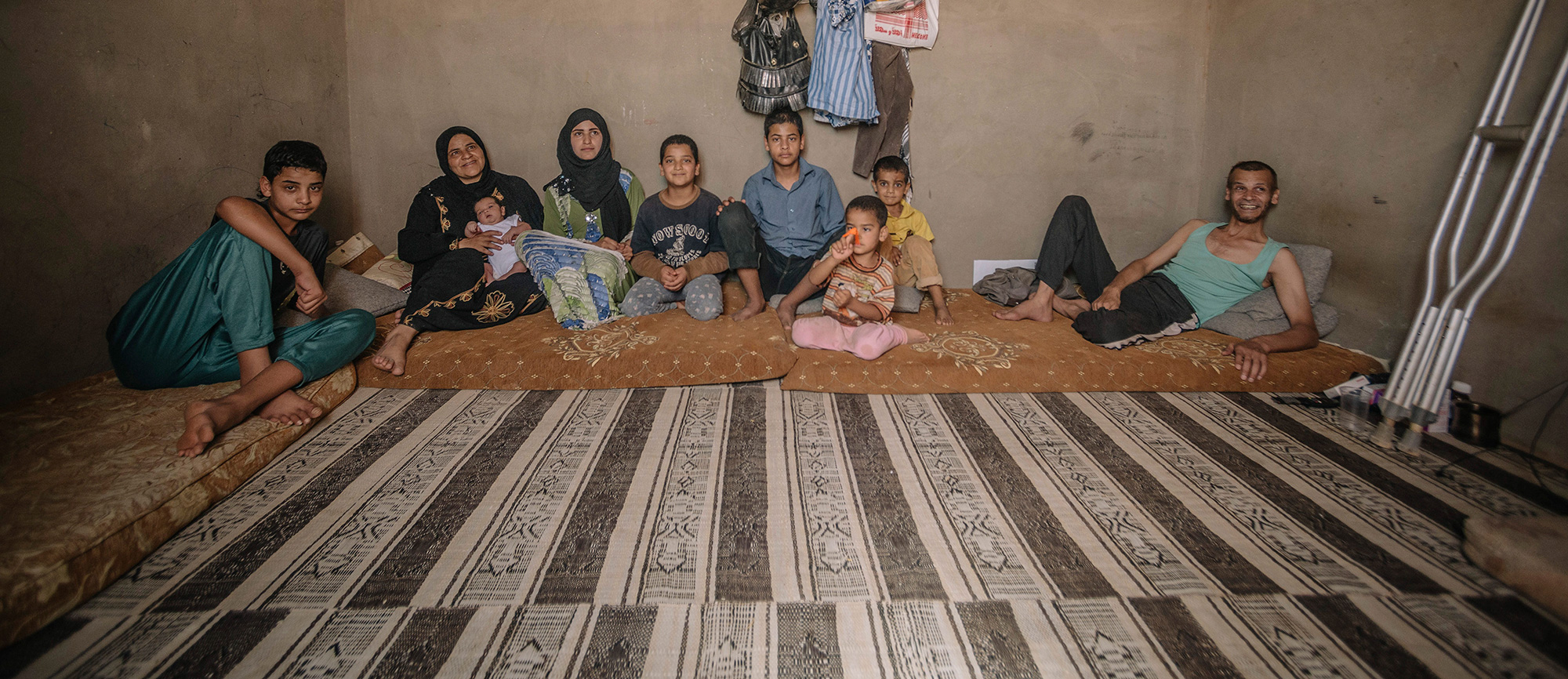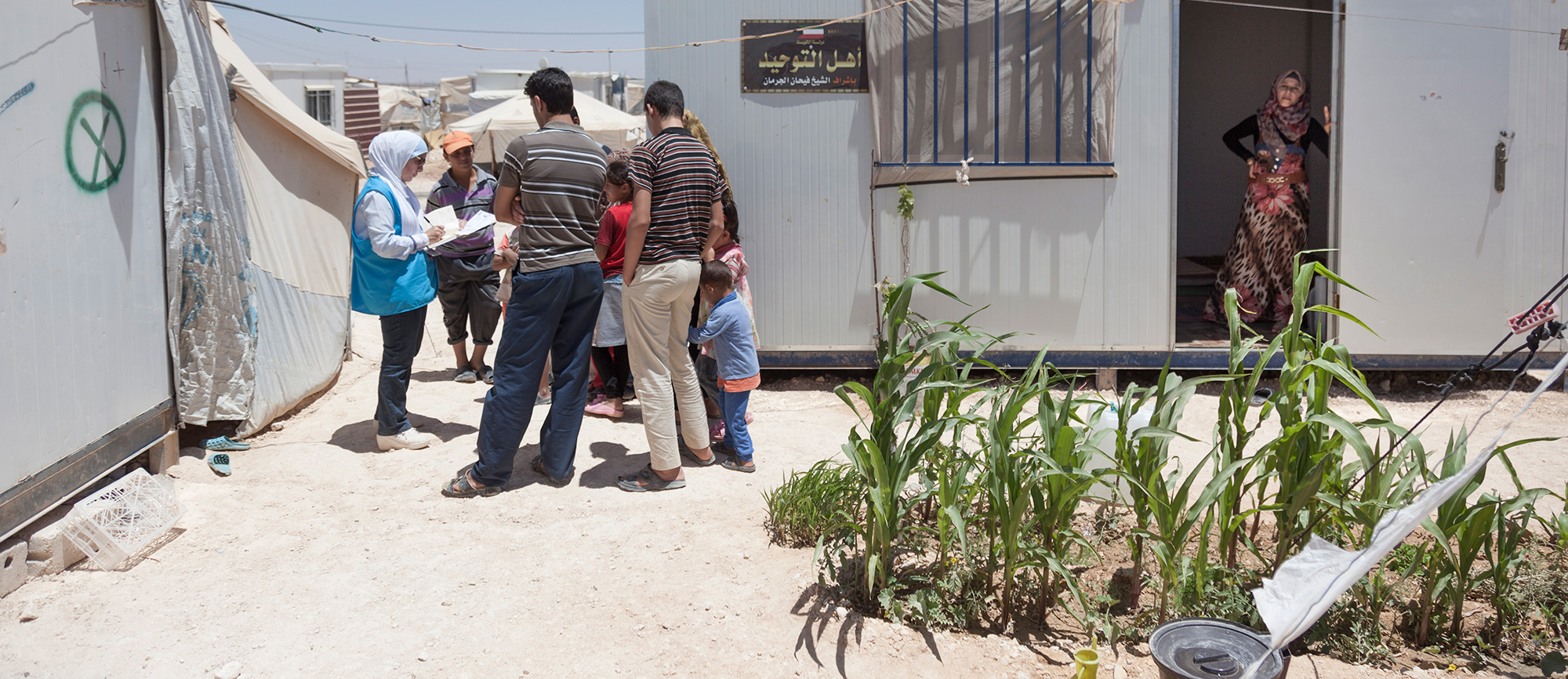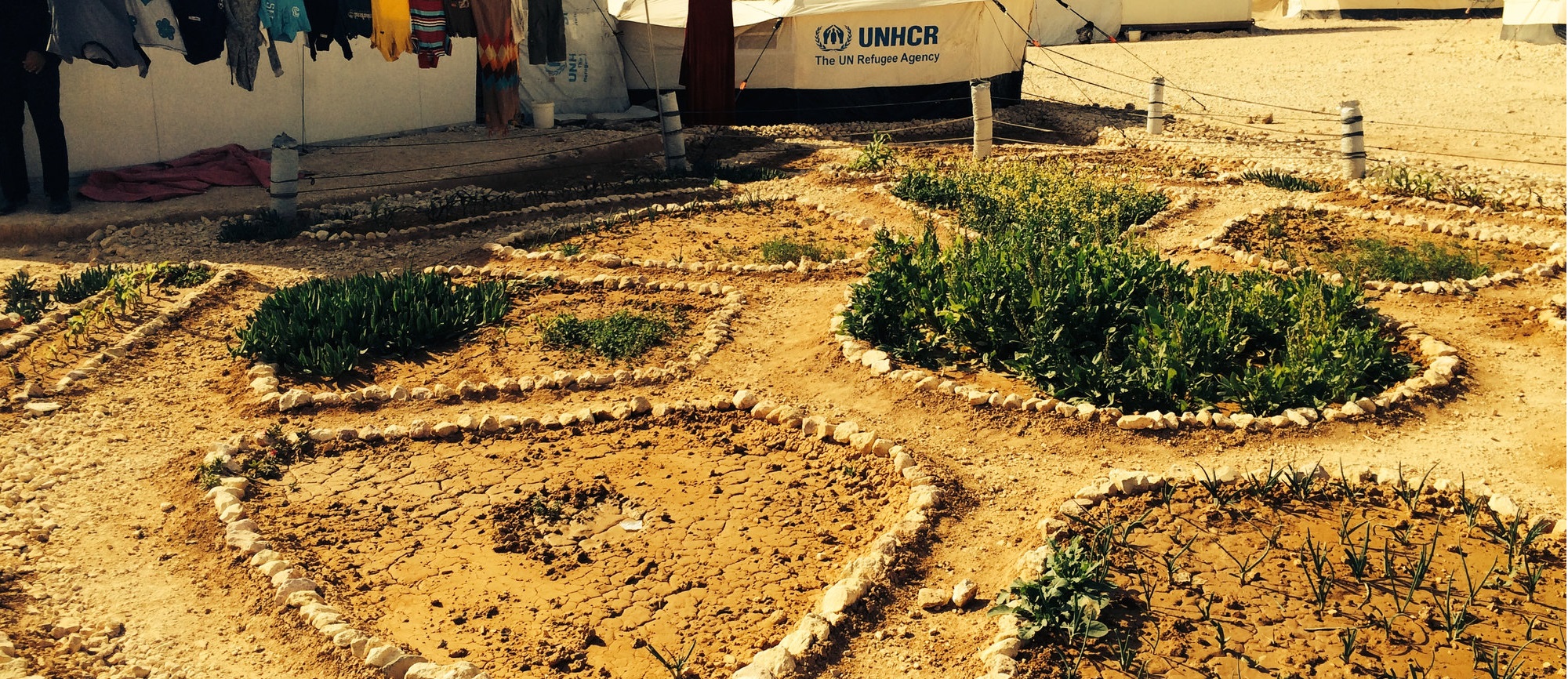1. Define challenges
Ensuring cash assistance reaches only those who need it the most
Over 600,000 Syrians currently live in Jordan, a small kingdom with only seven million nationals. Around 80 percent of those refugees reside in urban areas, interspersed among Jordanians and other permanent residents. Some have been able to find jobs. Many more rely on cash assistance to pay for food and water, and cover other basic needs. More often than not, if a refugee is receiving cash assistance in Jordan, that financial support has come from UNHCR. Last year the agency was responsible for around 75 percent of cash transfer volume in Jordan. More than $50 million were distributed to approximately 30,000 refugee households or 105,000 individuals. A further $16 million have gone out in cash assistance in the first four months of 2015. Overall, since UNHCR began distributing cash assistance in the Hashemite kingdom in 2008, refugees there have received $118.7 million in support. But before the program could be rolled-out to include Syrian refugees in 2011, it needed to be updated.
UNHCR first began distributing cash assistance in Jordan in 2008. Back then, recipients were mainly Iraqi refugees. Like most Syrians who would come after them, the Iraqis had been driven out of their own country by war, and had settled amongst urban populations in Jordan, usually in sub-standard housing or apartments. UNHCR carried out assessments to ascertain who was most in need of financial assistance, before supplying those approved for the program with an ATM card and PIN number, with which they could access a monthly allowance. By 2009, over 5000 Iraqi families were receiving an average of $210 a month.
This was one of the first large-scale UNHCR cash assistance programs of its kind. It became clear just how fortunate it was that the system had been set-up three years later, when thousands of Syrian refugees started entering Jordan every week. Many Syrians also needed cash assistance. UNHCR was able to quickly leverage its cash assistance system to include them – following one important change to its distribution method.
The change was needed because especially at the beginning of the Syrian civil war, some Syrians regularly travelled between the Hashemite kingdom and Daraa, a city just north of the border to Jordan. Only refugees living in Jordan were eligible for the program, however. UNHCR therefore had to find a distribution method that guaranteed that its limited resources reached only eligible recipients.
2. Identify solutions
Using biometric technology to make it easier for refugees to access cash
Abandoning cash assistance altogether in favor of goods like food or clothes was not an option, because the practice of distributing cash is a particularly effective form of aid. It avoids overhead costs, such as transport, storage and distribution costs, so that of every $100 donated, $98 go directly to the refugees.
Instead, UNHCR decided to update its system, and found a solution in iris scanning ATMs. Cairo Amman Bank – the partner for UNHCR’s cash assistance project – had pioneered the use of biometrics in its banking system, by introducing iris scan technology in 85 branches, and 200 ATMs across the kingdom. The agency decided to capitalize on this technology, because using biometric identity verification avoids many of the issues that can occur with bank cards. Indeed, PIN codes can be forgotten, and cards can be lost, or left in the machine for too long. A bankcard can also be given to someone else. This meant that when the cash assistance program was introduced for Iraqi refugees, UNHCR had to regularly carry out so-called ‘presence checks’ to make sure those who had been allocated cash assistance were still the ones receiving it.
Those presence checks become obsolete with biometric identity verification. Using iris scans guarantees that allocated cash reaches intended recipients not just once, but every time money is withdrawn from the account. Plus, because there was an agreement between UNHCR and the bank already in place, the transition to the new technology could begin straight away without the need for further contracts.

Iris scanning technology allows refugees to access cash at ATMs around Jordan without having to carry a bank card, or remember a PIN. Photo credit: UNHCR/Jared Kohler
3. Test solutions
The first country in the world to use iris scan technology for a refugee cash assistance program
Only 200 Syrians were enrolled in the new cash distribution system in June 2012, as part of the pilot phase. This number was then augmented to a few thousand by the end of 2012. After this, once UNHCR was confident the system worked, iris scanning identity verification became the standard method for withdrawing cash assistance. Only a small percentage of refugees – those with congenital eye diseases, for instance – continue to use bank cards instead.
Following the change, Jordan has become the first country in the world to use iris scan technology for a refugee cash assistance program. Post distribution monitoring (PRM) reports show that 91 percent of beneficiaries are satisfied with the new method of cash distribution. Almost all welcome being able to choose how to spend their money.

4. Refine solutions
Finding a more efficient process for enrollment
Overall, the transition has therefore proven a great success. Nonetheless, there is still room for improvement. For instance, the enrollment phase continues to take too much time. Thousands of refugees cannot be sent to register at one bank branch at once. Yet, particularly in winter when more philanthropists would like to provide assistance and see that assistance reach refugees immediately, delays in enrollment are problematic.
At the moment, UNHCR tries to send refugees to different branches across the country, in a dispersal pattern that least inconveniences them. The system could be further improved, however, for example by connecting the payment system to UNHCR’s registration database, which uses the same system for biometric registration. Discussions about this are ongoing.
5. Scale solutions
"Cash on Wheels"
In the end, though, the refugee crisis situation in Jordan continually changes. The way cash assistance is distributed will therefore also continue to be developed in parallel, so that it constantly best meets current needs.
UNHCR is now bringing its biometric cash assistance to refugees in the camps through “Cash on Wheels”, making it even easier for refugees in need to access the cash they need to support their families.











Pingback: Biometric Cash Assistance | Iris Scans and Biom...()
Pingback: Better Than a Tent, Worse Than a House | Technology and Human Rights()
Pingback: 10 résolutions de Nouvel An pour la communauté humanitaire « Tamoudre: Touaregs, vie et survie()
Pingback: Refugee Camps are anything but temporary | International Aid()
Pingback: Biometrics in Foreign Assistance: A Systems Approach | Crossmatch Blog()
Pingback: Cash not stuff: humanitarian assistance of the future? | cadacuanto()